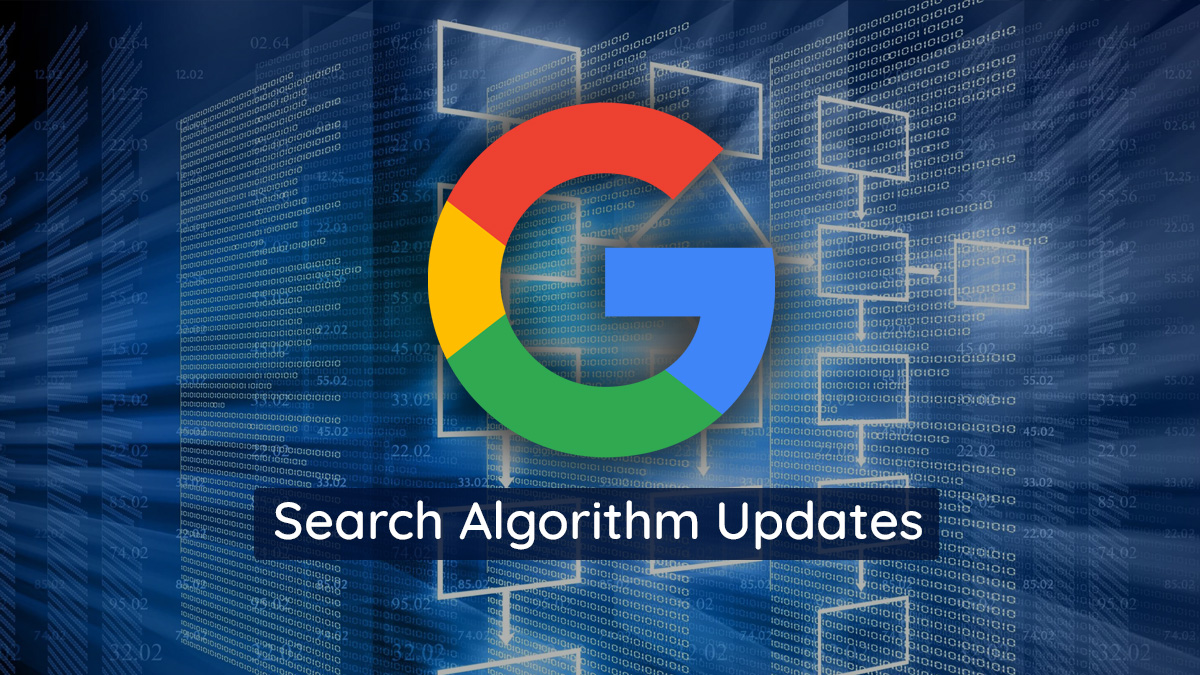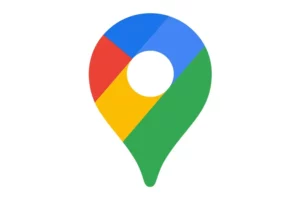Google has always been synonymous with innovation, particularly in the realm of search technology. Since its inception in 1998, the search engine giant has undergone countless updates to refine its algorithms, ensuring that users receive the most relevant and useful results possible. These updates—ranging from Panda to BERT—are not just technical tweaks but significant milestones in the evolution of how we interact with information online. Understanding their history provides insight into both Google’s priorities and the broader trajectory of the internet itself.
The Early Days: From Hummingbird to Panda
To appreciate the magnitude of Google’s algorithm updates, it’s important to start at the beginning. When Google first launched, its primary goal was simple: to index the rapidly growing amount of content available on the web and return the best possible matches for user queries. However, early iterations of its algorithm were prone to issues such as keyword stuffing and low-quality content, leading to irrelevant or spammy results.
The introduction of the Panda update in February 2011 marked a turning point. Named after engineer Navneet Panda, this update targeted websites filled with thin or duplicate content, penalizing those that relied heavily on keyword repetition without adding meaningful value. For instance, sites that offered little more than scraped articles or poorly written copy saw dramatic drops in traffic. This shift emphasized quality over quantity, encouraging webmasters to focus on producing original, high-value content.
Just months later, Google released the Penguin update , which focused specifically on combating link schemes and manipulative backlink practices. Prior to Penguin, some websites had artificially inflated their rankings by purchasing links from unrelated sites or participating in link networks. Penguin identified and demoted these sites, forcing webmasters to rethink their SEO strategies. Instead of relying on shortcuts, they were encouraged to build natural, organic links through valuable content creation.
Together, Panda and Penguin set a precedent for emphasizing authenticity and integrity in search rankings. They signaled Google’s commitment to delivering trustworthy results, a promise that would guide future updates.
Mobile-Friendly Revolution: Mobilegeddon and Beyond
As mobile devices became increasingly ubiquitous, Google recognized the need to adapt its algorithms accordingly. In April 2015, the company introduced the Mobilegeddon update , officially known as the Mobile-Friendly Update. This change prioritized mobile-friendly websites in search results, rewarding those optimized for smaller screens with better visibility. Websites lacking responsive design—or failing to adjust properly to different device sizes—were pushed down the rankings.
Mobilegeddon underscored the importance of cross-platform compatibility in the digital age. It also highlighted Google’s proactive stance in addressing emerging trends. By prioritizing mobile optimization, the company ensured that users accessing the web via smartphones received equally satisfying experiences compared to desktop users.
Following Mobilegeddon, Google continued refining its mobile strategy. Updates like Accelerated Mobile Pages (AMP) aimed to speed up loading times for mobile users by simplifying page elements and reducing file sizes. While AMP faced criticism for potentially favoring large publishers over smaller independent voices, its underlying purpose—to improve user experience—remained intact.

Knowledge Graph and Semantic Search: Understanding Intent
Another pivotal moment came with the introduction of the Knowledge Graph in May 2012. Designed to enhance search results with contextual information, the Knowledge Graph provided direct answers to queries rather than merely listing links. For example, searching for “Eiffel Tower” would yield facts about its location, height, construction date, and related images directly on the search results page.
This move toward semantic search represented a shift from keyword-based matching to intent-based understanding. Instead of focusing solely on matching terms, Google began interpreting the meaning behind searches. This capability laid the groundwork for subsequent advancements in conversational AI and natural language processing.
The Rise of Personalization: RankBrain and Beyond
Launched in October 2015, RankBrain marked another leap forward in Google’s quest to deliver personalized and contextually relevant results. Developed using machine learning techniques, RankBrain analyzed patterns in user behavior to predict which types of content would satisfy specific queries. For instance, if someone searched for “best pizza places near me,” RankBrain could infer whether they meant casual dining spots or gourmet establishments based on previous searches and preferences.
RankBrain demonstrated Google’s increasing reliance on artificial intelligence to interpret nuances in language and context. It also highlighted the growing complexity of search algorithms, requiring constant fine-tuning to maintain accuracy and fairness.
Natural Language Processing: BERT Takes Center Stage
Fast-forward to October 2019, when Google unveiled BERT (Bidirectional Encoder Representations from Transformers), arguably its most sophisticated natural language processing model to date. Unlike earlier algorithms that struggled with understanding prepositions and other subtle grammatical components, BERT excelled at grasping the full scope of a query.
For example, consider the phrase “2020 results to lead.” Without BERT, traditional algorithms might interpret this as referring to sports scores or political outcomes. With BERT, however, Google understood that the user likely intended to find information about 2020 election results. This level of comprehension transformed how users interacted with search engines, making conversations feel almost human-like.
BERT’s impact extended beyond mere query interpretation. It influenced how content creators structured their writing, encouraging them to adopt clearer, more conversational styles. In essence, BERT blurred the lines between written text and spoken dialogue, paving the way for future developments in voice search and AI-powered assistance.
Privacy, Security, and Ethical Considerations
Throughout its history, Google has grappled with balancing innovation with ethical considerations. Issues surrounding data privacy, surveillance, and bias have sparked debates about whether search engines should retain control over vast amounts of personal information. Updates like Core Web Vitals reflect Google’s growing emphasis on balancing performance metrics with ethical standards.
Introduced in 2020, Core Web Vitals introduced metrics like Largest Contentful Paint (LCP), First Input Delay (FID), and Cumulative Layout Shift (CLS) to measure user experience holistically. These criteria ensured that websites prioritized both speed and stability, fostering healthier browsing habits while respecting user autonomy.
Today, Google continues to evolve, incorporating advancements in AI, quantum computing, and augmented reality into its offerings. Emerging technologies like MUM (Multitask Unified Model) promise to further enhance search capabilities by enabling deeper contextual awareness and cross-modal reasoning. Meanwhile, initiatives like Zero Trust Architecture aim to fortify security measures against evolving cyber threats.
What does this mean for the average user? Simply put, the future of search will be more intelligent, intuitive, and inclusive than ever before. As Google refines its algorithms, it will undoubtedly face new challenges—whether regulatory, ethical, or technical—but its legacy of perseverance and adaptability suggests it will meet them head-on.
From Panda to BERT, each Google algorithm update represents a chapter in the ongoing saga of search evolution. These changes reflect not only technological progress but also shifting societal expectations regarding accessibility, accuracy, and fairness. By continuously adapting to new realities, Google ensures that it remains not just a tool for finding information but a partner in navigating the complexities of modern life.
The story of Google’s algorithm updates is far from over. As long as humans seek knowledge, machines will strive to deliver it.
















Add Comment